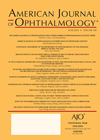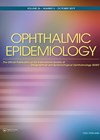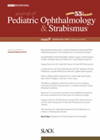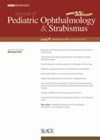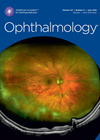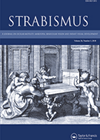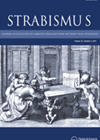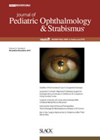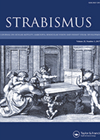You searched for "eye screening"
Does breastfeeding protect against age-related cataract?
This nationwide cross-sectional study is the first of its kind assessing the relationship between breastfeeding and maternal age-related cataract in Korea. They assessed the participants into quartiles depending on the number of breastfed children and duration of breastfeeding. There were...RCOphth (The Royal College of Ophthalmologists): Pregnancy & the eye: management of medical retina conditions
10 June 2024
18:30 - 20:00
Topics covered in this evening webinar include, Treatment for retinal conditions in pregnancy, AntiVEGF treatments in pregnancy and breastfeeding & Obstetric considerations for women with ocular pathology.
Glaucoma screening in primary care and community settings
1 April 2020
| Patty Mopamboli Mboli
|
EYE - Glaucoma
Glaucoma is one of the most common causes of irreversible blindness in the United States due to its insidious progression and diagnosis in late stages. The cost-effectiveness of screening for glaucoma has been debated, and screening of high-risk groups for...
Mapping areas to target location of vision screening services
In this study, the authors analysed data from a community vision screening program to determine the efficiency of vision screening in reaching lower income populations. The study used ArcGIS (Esri) mapping software to develop a visual representation of areas needing...Manual versus photo screening comparisons
This study was designed and undertaken to compare the results obtained from the SPOT vision screener and PlusOptix vision screener versus manual screening results in preschool children. Manual screening used LEA symbols and stereo butterfly tests. Over a three-month period,...Screening for hydroxychloroquine retinopathy
1 August 2016
| Brian Ang
|
EYE - Vitreo-Retinal
The American Academy of Ophthalmology has updated the recommendations for screening for hydroxychloroquine retinopathy based on new scientific evidence that toxicity is not rare when hydroxychloroquine is used long-term, and that risk is dependent on the daily dose by weight....
Vision screening opinion
The aim of this paper is to describe experts’ perceptions of best practice guidelines and competency frameworks for visual screening in children. A focus group of approximately 75 minutes duration consisted of five orthoptists and two paediatric ophthalmologists with more...Cost-effectiveness framework discussion for vision screening
The authors present a discussion paper on hypothetical, but representative, examples of post-referral costs that may result from different screening options up to the point of discharge from specific services. Data was taken from a recent (2019) systematic review (with...The screening and treatment of retinopathy of prematurity
1 December 2013
| B Manoj, F Dean
|
EYE - Paediatrics, EYE - Strabismus, EYE - Vitreo-Retinal, EYE - General
A male child is born at 31 weeks and requires 100% oxygen supplementation with intensive care. What would be the ophthalmic management of this child? In the first instance, it will be useful to know the screening criteria and protocol....

